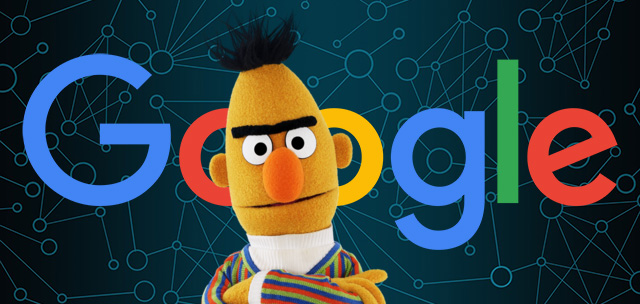

The easier it is for Google to understand users, makes life easier for content writers to formulate more relevant content for user’s search queries.īERT is a neural network-based technique for natural language processing (NLP). In layman’s terms, it allows Google to understand the context and intent behind the user’s search query in a more efficient way. Understanding what BERT isīERT, standing for Bidirectional Encoder Representations from Transformers, is aimed at better understanding conversational and prepositional queries like ‘for’ and ‘to’ which have the ability to change the contextual meaning of a phrase. Introducing BERT, touted as ‘one of the biggest leaps forward in the history of Search’ and revolutionizing the way the world’s largest search engine understands linguistic interpretation. This means that SEO’s and blog writers need to consistently ensure they’re providing quality, user-focused content in order to show up for the most relevant results that users are actually searching for. One thing is for certain, every time a major algorithm change occurs, it’s always in the interest of the user and Google being able to accurately provide the most relevant answers to a user’s search term. With BERT being Google’s largest algorithmic change for over five years, there was plenty of speculation and polarizing opinions on the update, but nine months on, the picture is much clearer.
SEO.ai generates content and articles fast. Surfer helps you research, write, and optimize your content in less than an hour. “Whatever you’re searching for, we’re committed to helping you safely find it,” Nayak said. Nayak stated that Google is also working with trusted local partners to better detect personal crisis queries all over the world, and show actionable information in several more countries. “It’s been especially effective in reducing explicit content for searches related to ethnicity, sexual orientation and gender, which can disproportionately impact women and especially women of colour,” he added. Nayak said last year, BERT has reduced unexpected shocking results by 30 percent. And even when users choose to have SafeSearch off, our systems still reduce unwanted racy results for searches that aren’t seeking them out,” Nayak said.įurther, Google uses advanced AI technologies like BERT to better understand what an individual is looking for.īERT has improved the understanding of whether searches are truly seeking out explicit content, helping vastly to reduce the chances of encountering surprising search results. “This setting is on by default for Google accounts of people under 18. “And MUM is multimodal, so it understands information across text and images and, in the future, can expand to more modalities like video and audio,” he added.Īnother feature to keep an individual safe on Search, while also steering clear of unexpected shocking results, is the SafeSearch mode, which offers users the option to filter explicit results. It’s trained across 75 different languages and many different tasks at once, allowing it to develop a more comprehensive understanding of information and world knowledge than previous models, – shared Pandu Nayak, Google Fellow and Vice President of Search, in a blog post. MUM not only understands language, but also generates it. 
MUM can better understand the intent behind people’s questions to detect when a person is in need, which helps us more reliably show trustworthy and actionable information at the right time.

The tech giant’s latest AI model Multitask Unified Model, or MUM can automatically and more accurately detect a wider range of personal crisis searches.







 0 kommentar(er)
0 kommentar(er)
